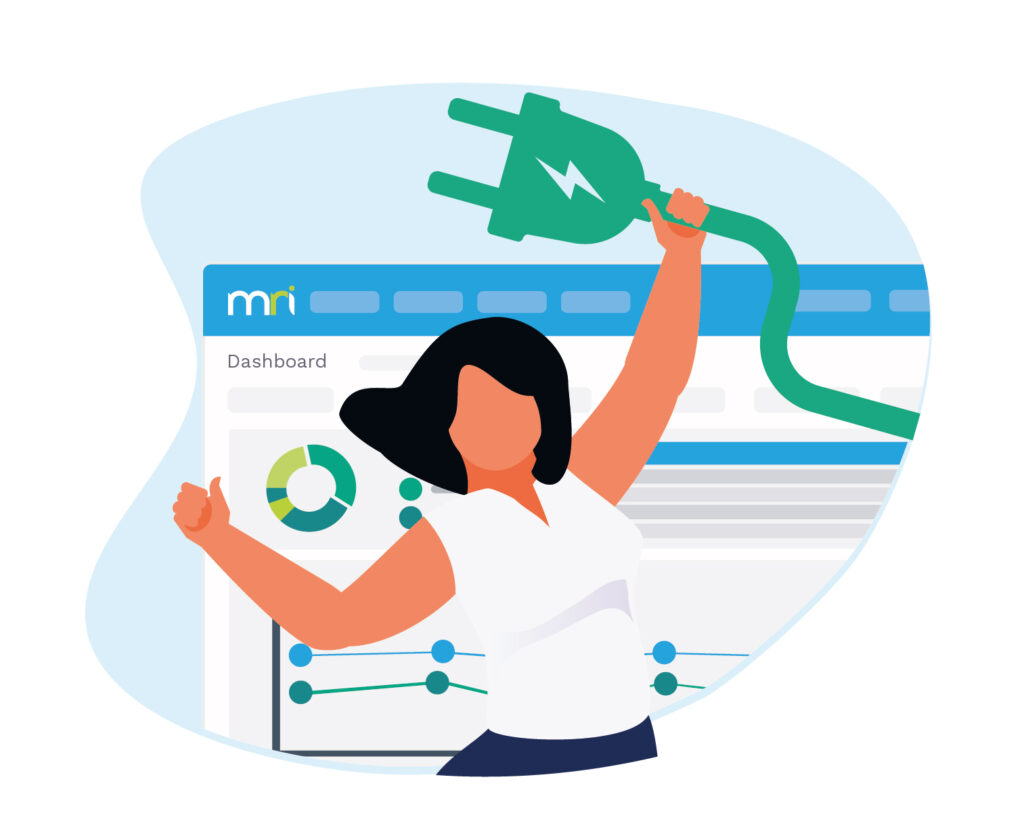Top strategies for effective maintenance management in healthcare facilities to reduce downtime
Healthcare facilities never sleep. From emergency departments to operating theatres, every part of a hospital must function efficiently, 24/7, to deliver safe and effective patient care. In 2023, NHS England’s Estates and Facilities expenditure reached £10.2 billion, highlighting the scale of investment required just to keep critical infrastructure operational.
With increasing demand, ageing estates and budgetary pressures, effective maintenance management is more important than ever. In this post, we explore key strategies to reduce downtime, improve operational efficiency and ensure healthcare facilities remain safe, compliant and fit for purpose.

Implement a proactive maintenance plan
A proactive approach to maintenance is fundamental in healthcare settings. Performing routine servicing and addressing minor issues before they escalate helps extend asset lifespan and prevent costly repairs or replacements. A proactive maintenance plan also ensures compliance with stringent health and safety standards, including SFG20 maintenance specifications and GS1 asset tracking requirements, which are essential for regulatory audits.
Reducing downtime by scheduling preventive maintenance for critical assets such as HVAC systems, electrical infrastructure and plumbing minimises unexpected failures and keeps essential services running. This is especially important in high-priority areas like operating theatres, emergency departments and patient wards, where equipment failure can have immediate consequences for patient safety and care delivery.
Beyond compliance, proactive maintenance supports sustainability goals by improving the energy efficiency of building systems, helping hospitals control utility costs and reduce environmental impact.
By embedding a preventive maintenance plan into daily operations, healthcare facilities can create a safer, more reliable environment for patients and staff while optimising long-term asset performance.
Leverage technology and CMMS software
Modern computerised maintenance management systems (CMMS) are indispensable for healthcare organisations seeking to streamline maintenance processes. By centralising data and automating workflows, CMMS platforms provide real-time visibility into asset performance, automate work order management and track maintenance costs with precision.
These systems not only streamline daily tasks but also facilitate data-driven predictive maintenance. By integrating sensors and IoT devices, facilities can monitor asset conditions and predict potential failures before they happen, reducing downtime and emergency repairs. This predictive approach complements preventive strategies and enables more efficient resource planning.
Using a robust Facilities Management Software or CMMS software also fosters improved collaboration by enabling teams to assign, track and report tasks in real-time from a unified platform, ensuring alignment across maintenance, clinical and administrative functions.
Train and upskill maintenance staff
Highly skilled maintenance teams are essential in healthcare environments, where equipment downtime can directly impact patient safety. Regular, certified training ensures maintenance personnel are equipped to diagnose issues quickly, respond to emergencies and maintain compliance with evolving safety and infection control standards.
Additionally, matching technician skillsets to specific critical assets, such as HVAC systems, medical gas lines and backup power supplies, ensures expertise is applied where it’s needed most. As buildings become increasingly smart and data-driven, upskilling staff in digital tools and analytics is equally important for effective maintenance management.
Continuous training not only improves maintenance quality but also supports staff confidence, reduces error rates and enhances response times during emergencies.
Establish clear communication channels
Poor communication in a healthcare setting can lead to delayed repairs, safety risks and operational inefficiencies. Establishing clear communication channels is essential for coordinating maintenance tasks across clinical, administrative and engineering teams.
A centralised platform, such as a CMMS, allows for seamless task assignment, progress tracking and real-time updates. This ensures that maintenance issues are promptly reported, prioritised and resolved, minimising disruptions to patient care.
Integrating communication protocols into daily workflows, whether through digital dashboards or mobile alerts, fosters collaboration and keeps all stakeholders informed, driving faster, more effective responses to maintenance needs.
Optimise inventory management for spare parts
A well-managed inventory of spare parts is critical to reducing equipment downtime. Maintaining an up-to-date inventory of essential spare parts and components ensures that repairs can be made swiftly, without unnecessary delays caused by stock shortages.
Leveraging inventory management software enables facilities to track stock levels, set replenishment alerts and forecast future needs based on historical usage trends. This proactive approach not only speeds up repairs but also aids in budgeting and procurement planning, ensuring financial resources are allocated efficiently.
Predictive analytics can further enhance inventory management by identifying patterns and anticipating demand, thus reducing the risk of stockouts or overstocking.
Conduct regular audits and performance assessments
Regular audits and performance assessments are vital for maintaining high standards in healthcare facilities. Routine inspections of critical infrastructure and medical equipment help identify potential issues early, ensuring continued operational efficiency.
Using data from CMMS systems enables facilities managers to analyse asset performance, track recurring issues and identify underperforming equipment. This data-driven approach supports continuous improvement by allowing teams to make informed decisions regarding asset replacement, upgrades and maintenance scheduling.
Benchmarking audit results against industry standards and internal KPIs further strengthens compliance and operational resilience.
Plan for emergency maintenance and disaster recovery
In healthcare, equipment downtime isn’t just inconvenient – it can be life-threatening. Developing robust emergency maintenance and disaster recovery plans ensures continuity of care even in critical situations.
Effective planning involves identifying mission-critical systems, outlining response procedures for potential failures and establishing clear chains of command. A comprehensive disaster recovery strategy should cover scenarios such as power outages, floods, fires and cyberattacks, prioritising the recovery of essential infrastructure and services.
For more on preparing for the unexpected, see our guide on business continuity and disaster recovery.
Contact MRI Software
Healthcare facilities operate in a high-stakes environment where maintenance failures can have serious consequences. By adopting a proactive, technology-driven approach to maintenance management, hospitals can reduce downtime, enhance efficiency and deliver better outcomes for patients and staff alike.
From preventive maintenance planning to leveraging advanced CMMS software, each strategy outlined above plays a vital role in building resilient, future-ready healthcare facilities.
To learn how MRI’s facilities management and CMMS solutions can support effective maintenance management in your healthcare organisation, contact us today or visit MRI Facilities Management Software.
FAQs
Empowering a Greener NHS: Why smart energy monitoring is key to decarbonisation and better patient care
Byline by Nicholas Hughes, overseeing Healthcare Solutions at MRI Software The NHS’s commitment to achieving net zero emissions is entering a decisive new phase. With NHS England requiring all Trusts and Integrated Care Boards (ICBs) to submit refres…

